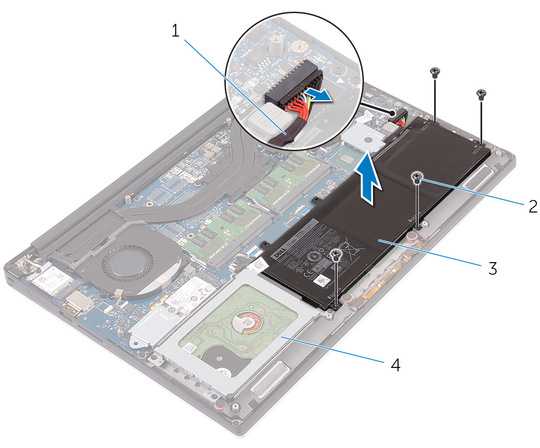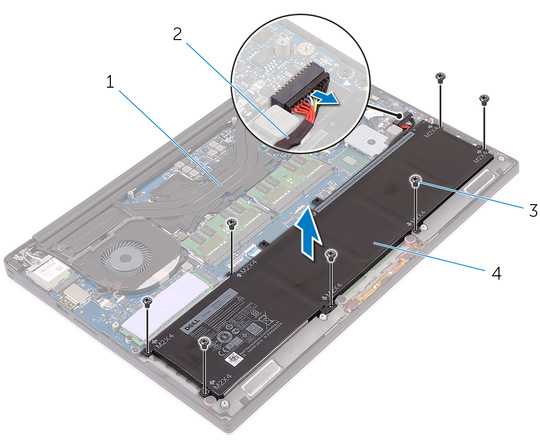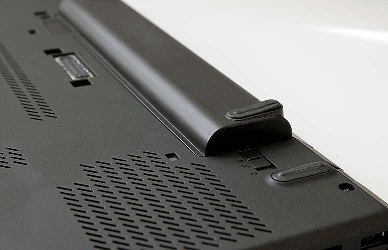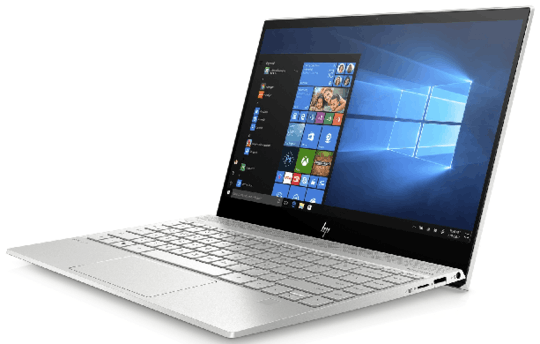The reason for not having a second battery is twofold.
First
It requires a charging system than can handle two batteries. This requires knowing which battery is connected, how much charge it has, and if it needs to be recharges. This also requires enough of a power supply to handle charging both batteries at once, or restricting to only charging one battery at a time, which all of this requires extra development time. It also requires extra connectors within the laptop, extra components to be designed for the battery, and a lot more.
As stated in other Answers, Dell and a few other manufacturers did this for a while, but stopped. Only they can really say why, but it probably has to do with reducing costs as well as reducing the size and weight of the laptop. It also has to do with many laptops not having an optical drive anymore as well as many laptops not having a 2nd hard drive bay anyway.
Secondly
The large majority of laptops aren't used as mobile devices. They are used as replacements for desktops* and never/rarely see actual battery usage. As they are on corded power most of the time, it doesn't mean much to extend battery use. This is from business and individual use as non-battery, stationary devices. For some people, battery usage is critical, yet, for most people, battery life is just another statistic/function of their laptop they'll never use. I'm typing this now on a laptop that's basically permanently plugged in, and my personal laptop only sees battery drainage when I forget to turn on the power strip or when I purposefully drain it to try to "power condition" it.
Because manufacturers know this, they don't spend the time, effort, and other costs into designing and manufacturing a product they know very few people will purchase. They realize this due to poor sales of the "standard" extended life batteries they do make. This goes back into the first section of cost and makes the return on investment (ROI) not very good.
Ok, there's another reason.
Weight is a large factor, as barely mentioned in the first section. People have been complaining about weight of their mobile devices since Ugg first used a tree limb to club his dinner. "If only this was lighter, I could run faster and catch the deer/wombat/goat sooner." Soldiers complained about how heavy their shields and swords were. Now people complain about how "heavy" their 2.5 lbs. laptop is. A significant part of that weight is the battery. Lithium is a light(er) metal, but that doesn't mean it's helium light. To double your battery life, you need to double the size of the battery, so taking a 2.5 lbs laptop people already seem to think is "too heavy" and making it +3 lbs. is "unacceptable". At least by some people's standards. I'm pretty sure my gaming laptop is close to 10 lbs., and I like it that way.
*"Replacements for desktops" are different than "desktop replacements". The former is simply a way to get rid of the space requirements of a desktop while the latter is intentionally getting just as good (or better) performance out of a smaller package. The first idea is just a smaller cost and smaller space requirement, and the second is purposely spending more money on an all around better product, ideally anyway.





4Because of the nature of the HDD connection inside, such a battery accessory would be entirely unique by manufacturer. No such generic device (because of the damage that could ensue if connections were incorrect) – John – 2019-10-06T17:46:19.260
22
For IBM/Lenovo laptops there exist(ed) Ultrabay batteries to replace an optical drive with a battery (and adapters to replace an optical drive with a HDD), but I don't know any battery that would replace just a HDD.
– Freddy – 2019-10-06T18:06:54.40032Ironically this used to be the norm many years ago. My Dell Latitude C-series laptop circa 2005-ish had an accessory bay where you could swap the optical drive for a floppy module or an extra battery module. Older Apple PowerBooks from the early 2000s had this feature too. The industry has simply moved away from this design due to the never-ending quest for smaller and lighter computers. – Wes Sayeed – 2019-10-06T19:01:15.883
1@WesSayeed I had a Gateway Solo (MANY years ago) exactly like that: it had two battery/optical bays, so you could run two batteries, two DVD/FD combo units, or one of each. Between those two bays was the hard-drive. – Der Kommissar – 2019-10-07T15:02:43.483
1
You could ask for a laptop to suit your requirements on https://hardwarerecs.stackexchange.com/
– Mawg says reinstate Monica – 2019-10-08T08:43:25.4803@WesSayeed, that was back when they tried to make laptops as useful as possible rather than making everything needlessly thin. – JPhi1618 – 2019-10-08T14:39:48.573
This question is very broad. If they're asking about a specific laptop, the model needs to be given. If they're asking about new laptops in general, it sounds like a shopping recommendation. – Jason – 2019-10-08T17:41:53.723